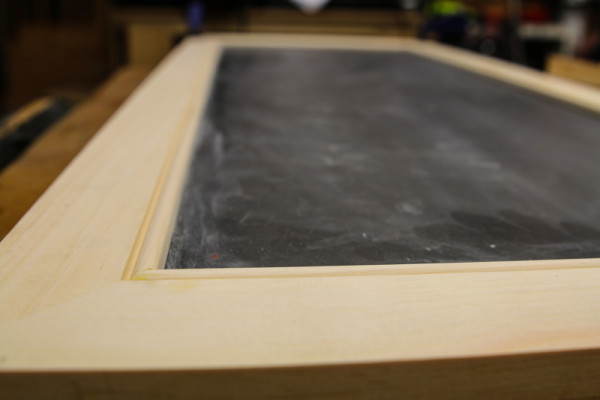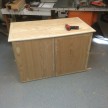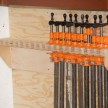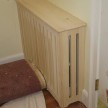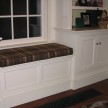How to Make A Custom Slate Chalkboard
Custom Slate Chalkboard
In this article we will show you how we cut a 100 year-old authentic schoolhouse chalkboard and created a custom frame in which to hang it. A client of ours came across some an old slate blackboard that was salvaged from an old Massachusetts boarding school. This blackboard was originally installed in the French room of the school over 100 years ago and was recently replaced with an interactive whiteboard projector during a remodel – how the times change!
Reusing Old Slate Blackboard
The client loved the antique look and feel of the slate and wanted to make a smaller chalkboard for their kitchen. They had a small space approximately 20 x 54 inches in front of an exposed brick chimney where they wanted to write notes, to do lists, grocery lists, and menus for dinner parties. They tried MDF with blackboard paint, but it wore quickly and didn’t feel authentic enough in their recently remodeled chef’s kitchen.
Why slate?
Salvaged slate chalkboard has a beautiful, aged look to it. It’s a creative alternative to the more common green chalkboards. The black color of slate compliments many designs and home projects – it’s an aesthetic that is both timely and timeless.



